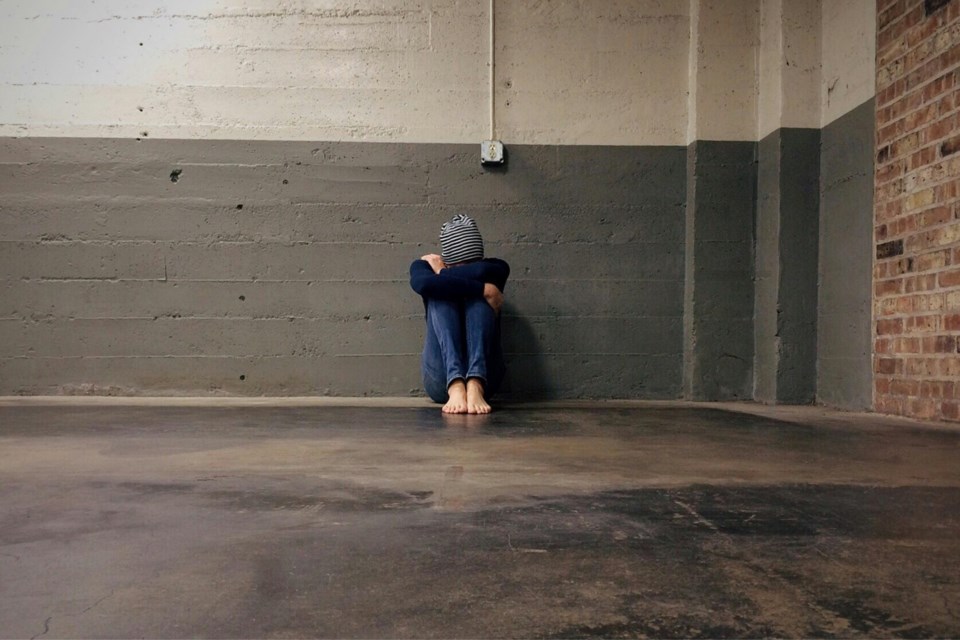REGINA — This week, after three days of deliberation, the trial of one of the most recognizable names in the music industry delivered a verdict.
On Wednesday, Sean "Diddy" Combs was found guilty of two counts of transportation for the purpose of engaging in prostitution.
While the music mogul's trial made headlines across the globe, sexual exploitation isn’t an issue that only affects the rich and famous, advises the Sexual Assault Services of Saskatchewan (SASS) in a press release.
In 2021, Saskatchewan had human trafficking rates that were 1.8 times higher than the national average, SASS says. The province also holds the troubling distinction of having one of the highest rates of sexual violence among Canadian provinces.
“For someone experiencing sexual exploitation or trafficking, it’s not as easy as just asking for help. Victims are often isolated, and perpetrators are usually organized,” says Kerrie Isaac, Executive Director of SASS.
“Growing public awareness of the signs of exploitation and trafficking helps create informed and supportive communities. Survivors and victims also need specialized services trained to work with exploited populations — services that can provide protection, rehabilitation, and, ultimately, prevention.”
Forty-seven per cent of Canadians don’t believe they could recognize the signs of human trafficking. Perpetrators count on this lack of public awareness. Learning how to spot potential exploitation and trafficking can help bring these crimes out of the shadows.
People being trafficked may:
- Provide vague answers about their whereabouts
- Not have access to their ID or travel documents
- Be unaware of their surroundings despite having been in the area
- Be unable to leave or move freely from their job
- Move frequently
- Have new tattoos or branding marks
- Have someone answering questions or speaking for them
- Have bruises, burns, cuts, or show signs of abuse or malnutrition
- Show evidence of being controlled or intimidated
- Appear afraid, tense, or fearful
- Always be accompanied or driven around
- Be afraid to talk to law enforcement
- Be isolated and unable to see friends
- Possess money, new clothes, or other items without explanation
- Have unusual sleeping patterns or be excessively tired during the day
“Survivors deserve communities that recognize the signs and respond with compassion and expertise,” says Isaac. “We all have a role to play in prevention.”
If you or someone you know is dealing with life after sex trafficking or sexual exploitation, or if you're looking to volunteer or donate to help survivors, SASS member Hope Restored offers a safe place for survivors seeking support. To learn more, please visit hoperestoredcanada.org.




